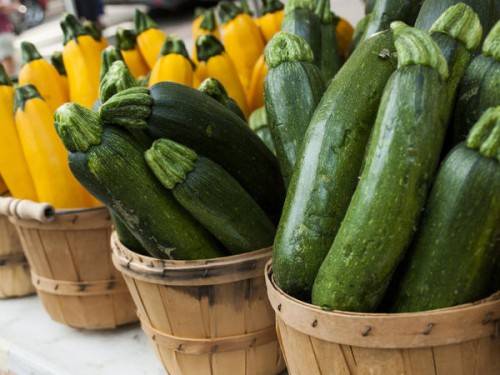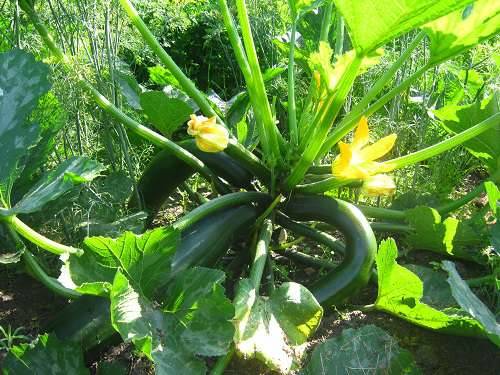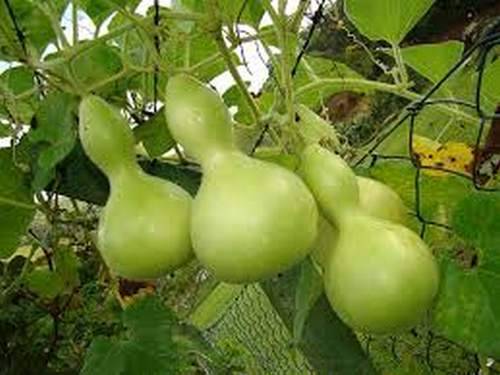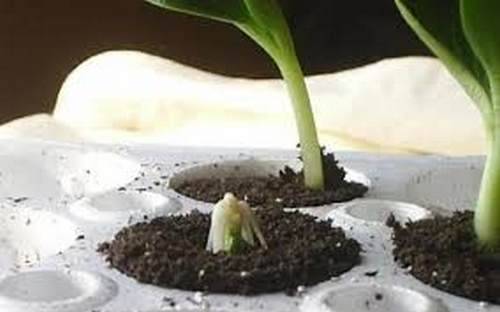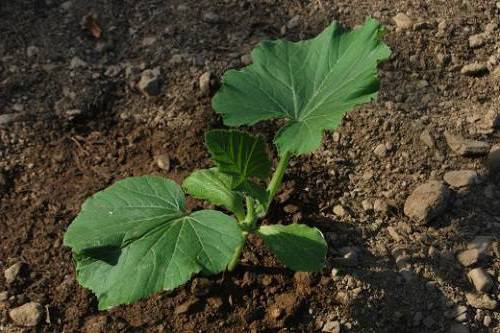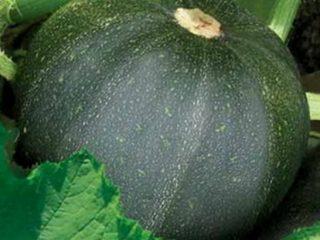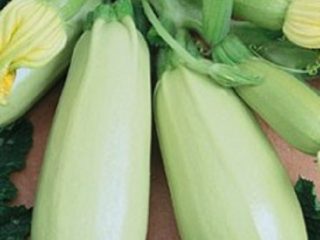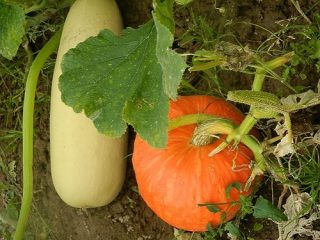Content
Zucchini is probably the most popular vegetable in Russian gardens. Our gardeners are very fond of them for their unpretentiousness, abundant harvests and the opportunity to consume fresh vegetables from their garden in June. Zucchini are famous for their variety. There are varieties that differ in terms of ripening, and in color, and in shape. Zucchini are white, yellow, green, striped, serpentine, almost round, thin, thick, there is even a pear-shaped zucchini and spaghetti zucchini.
A bit of history
And what, in principle, is this vegetable? Zucchini belongs to the pumpkin family, an annual, thermophilic plant. It has large, powerful leaves, increased vegetative mass, an active and very strong root system. America is considered his homeland.
People began to grow zucchini in ancient times, about four thousand years ago. And it reached Europe only in the middle of the 16th century. In those days, this plant was considered decorative because of its beautiful, large, bright flowers. In Russia, zucchini appeared in the eighteenth century, and then because of the admiration of the then Russian bohemia before everything Italian. Trying to be like the Italians in everything, in wealthy houses they began to serve dishes from young, weekly greens, the use of which is still popular, because the larger the zucchini, the coarser its flesh.
Description
Zucchini is a herbaceous bush or climbing plants, with a powerful erect or creeping stem, which has clearly defined edges. The leaves are very large, tough, shaped like the paw print of an animal of unprecedented size with five fingers. Both the leaves and the thick petioles have a thorny spiny edge. Pollination in a squash is cross. Flowers of extraordinary beauty, bright yellow, in the form of a large bell. They are unisexual - if the peduncle is long, then the flower is male, if the flower is short, it is female.
Zucchini fruits are usually elongated, cylindrical or oval in shape, with white or creamy flesh. There is also a pear-shaped zucchini, depending on which variety is sown. Young, unripe zucchini have a delicate, sweetish pulp and thin skin, the testes have a hard skin and a coarser and already unsweetened pulp.
Pear-shaped zucchini
The pear-shaped zucchini has an early ripening period, the fruiting period is quite long (from July to the end of September). The shape of the fruit is interesting - pear-shaped, the fruits are not too large from 800 grams to 1.3 kg, the usual length is about 25 cm. The pear-shaped zucchini pulp is rich orange in color, with a pleasant aroma. An important difference between the pear-shaped zucchini and other varieties: even after long storage, the pear-shaped zucchini peel does not coarse and easily lends itself to a knife when cutting. This variety is stored very well and for a long time. A photo of a pear-shaped zucchini can be seen below.
This beautiful pear-shaped fruit has a rich chemical composition, which includes various vitamins, trace elements and mineral salts. In addition, pear-shaped squash contains pectins and antioxidants, which will undoubtedly bring tremendous health benefits. And if we add here its low calorie content (270 kcal / kg), then we can safely call this vegetable simply irreplaceable on the dietary table. Many housewives especially like pear-shaped zucchini pancakes. They simply have no equal in aroma and beautiful orange color!
What is the use of pear-shaped zucchini
- removes radionuclides from the body;
- participates in skin rejuvenation and lightening;
- restores metabolism;
- lowers blood cholesterol levels;
- strengthens the cardiovascular system, due to the high content of magnesium and potassium;
- restores hemoglobin to normal;
- gently removes excess fluid from the body;
- has a positive effect on the liver;
- due to the content of natural sugar, it is indicated for use by patients with diabetes mellitus.
Pear-shaped zucchini tend to be digested quickly, besides, they do not cause allergies, therefore they are well suited for eating by sick people and children. You can also use squash flowers for food. They are added to soups, salads, baked in the oven. Since the antioxidants contained in the zucchini are destroyed during heat treatment, it is best to use an oven or microwave for cooking dishes from such a wonderful vegetable as pear-shaped zucchini.
The greatest value of pear-shaped zucchini is in the high content of beta-carotene, so the benefits of using these zucchini are really priceless.
Growing zucchini
If you want to get an earlier harvest of pear-shaped zucchini, then, of course, it is better to plant them in open ground through seedlings.
How to grow seedlings
Sowing seeds of pear-shaped zucchini is carried out in the twenties of April, maximum in early May for growing in an open garden, and for a greenhouse - in the last days of February, since seedlings can be planted in the greenhouse already in April.
For growing seedlings of pear-shaped zucchini, containers about 10 or 12 cm in diameter are best suited. It can be plastic glasses, sour cream glasses, cut milk bags, etc. In one glass you need to plant two or three zucchini seeds to a depth of about 1-1.5 cm in order to choose the strongest sprout after germination, and delete the rest.
10-12 days after planting, when the growth of the stem becomes slower, wet soil should be poured, at the same time twisting the stem with a screw until only the leaves of the cotyledons remain above the surface.
If the pots with seedlings are on the windows facing south, then additional lighting is not required. In other cases, it is advisable to arrange additional lighting so that the seedlings do not stretch out.
Germination of seeds of pear-shaped zucchini begins at a rather low temperature (+ 13 + 16 ° С), after the emergence of shoots, it is necessary to increase the ambient temperature to + 20 + 25 ° С.
Planting seedlings in open ground
It is possible to plant seedlings of pear-shaped zucchini on an open bed already in late May-early June, when its age reaches 25-30 days. It must be borne in mind that the squash bush is quite voluminous and takes up a lot of space. Therefore, the distance between the sprouts of pear-shaped zucchini should be at least a meter. It is advisable to fertilize the holes in which the seedlings will sit with two kilograms of humus or compost and water them well with warm water.
This can be done by taking the seedling pots to the greenhouse or to the senses for several hours.
Reviews of gardeners about pear-shaped zucchini
